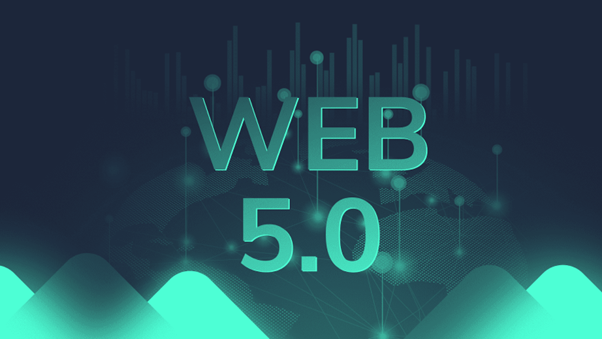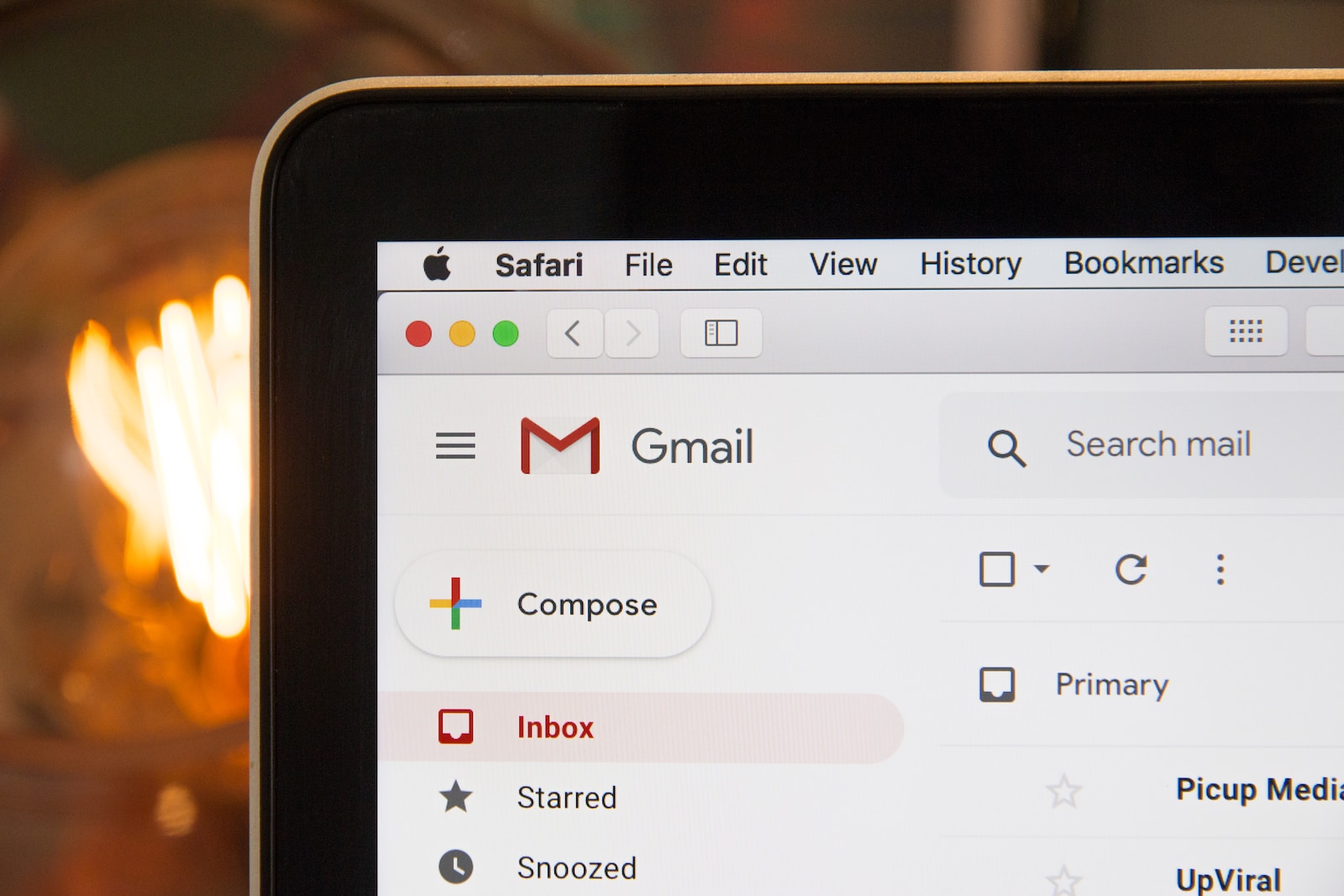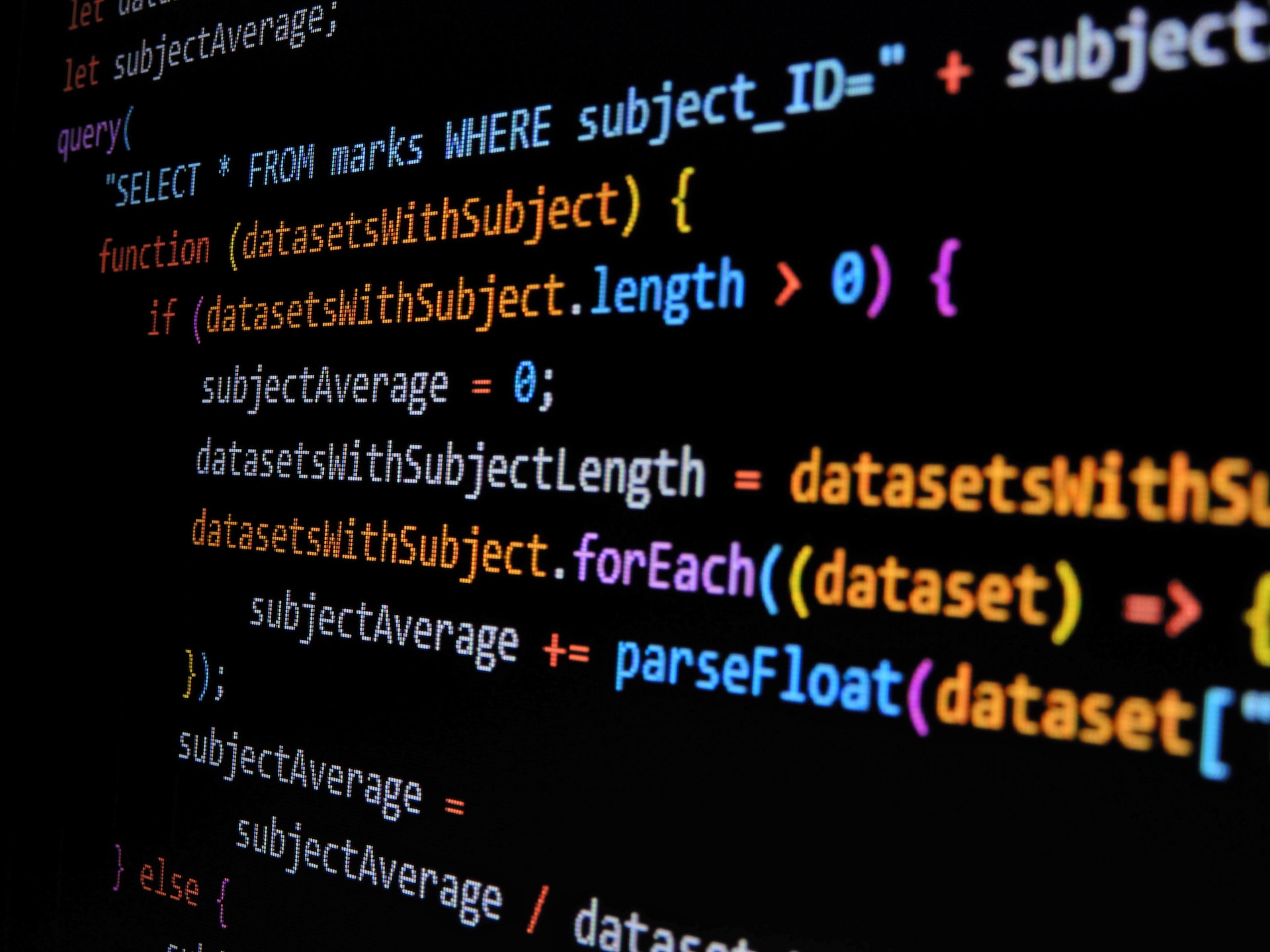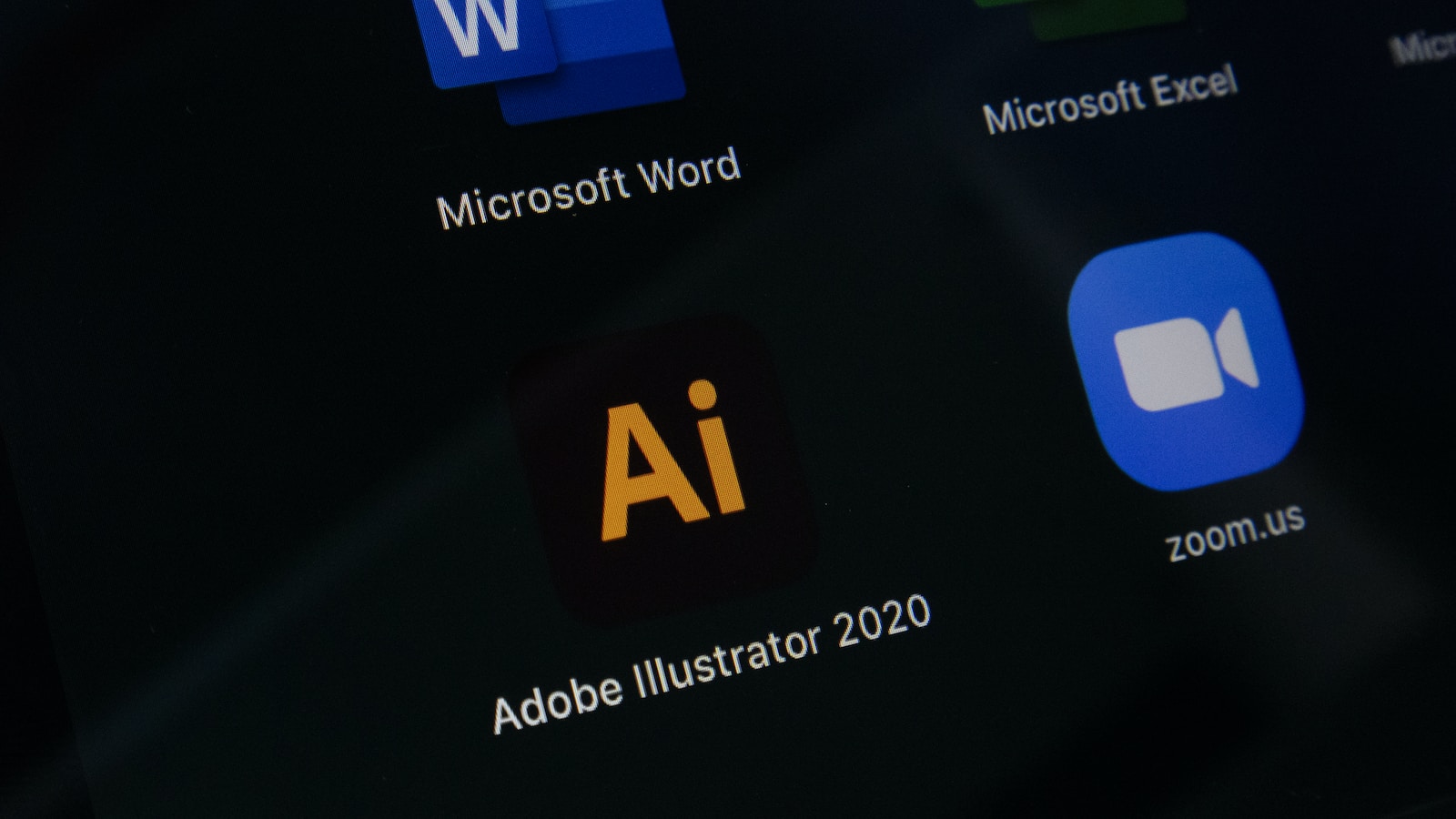Perhaps you caught that time when web pages were nothing more than rigid HTML structures. If so, you’ll agree that the approaches to information and interpersonal engagement have stepped far forward since then. This is largely due to fast-progressing advancements in tech that lead to the possibility to envision and bring to fruition vibrant and detail-intensive pages. In light of this, one might wonder what other technological strides we’ll feast our eyes on in a little while.
In this piece, we’ll discuss the notion of Web 5.0 which is the most up-to-date evolution of the internet. What is the true concept behind this buzzword, and what perks does it offer businesses? Keep on reading to learn more.
Revolutionizing user experience: Web5’s influence on web portals
To understand how the newfangled tech is recasting the way one gains access to online resources with their constructive insights and useful services, one first needs to grasp the basics of these innovations.
Web portals are the hubs that grant users a single entry point and ingress to sundry resources, services, and programs from multiple sources. These can vary from news and social network platforms to search tools and electronic mail. These points of entry are configurable and tailored to user preferences and tastes on a single user interface. This is essential as extensive numbers of users routinely avail themselves of these resources simply by signing in and exploring numerous sections.
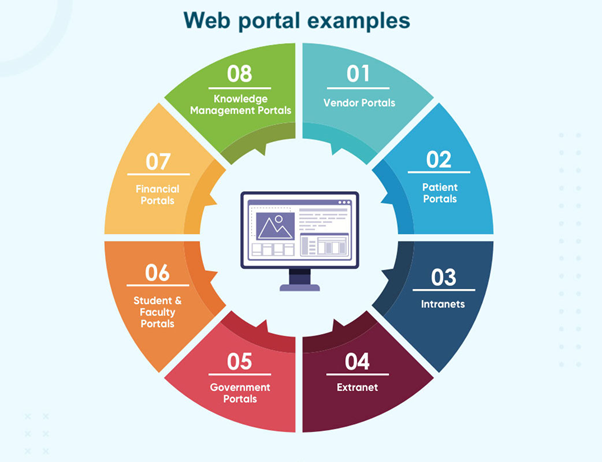
A top-class web portal is engineered with the consideration of robust front-end and back-end. The former contributes to placing the necessary configuration, looks, and features throughout the interface. The latter is intended for managing user and database interactions and operating on records. The tech stacks for engineering these solutions encompass JavaScript, PHP, Python, Java, Ruby on Rails, Django, and other instruments.
Apart from the consolidation of miscellaneous content and user verification, a robust web portal also often furnishes teamworking and social connectivity instruments and boasts enhanced search performance. This wealth of features comes useful across multiple industries from eLearning to eCommerce, or can just be created for a particular user segment.
Now, how does Web 5.0 enhance and deepen this human-computer interaction? It is known that this next-gen breakthrough is, in fact, an adroit synthesis of Web 2.0 and Web 3.0 with AI and ML with their ability to read emotions, brain-computer interface, IoT, and Blockchain with its decentralized architecture to empower the internet with cognitive and proactive capabilities. Thus, algorithms are able to preemptively cater to audiences’ wants to provide the right solutions. There is no magic in this. Trustworthy estimations and proposals are yielded thanks to the instantaneous algorithmic analysis of vast quantities of data.
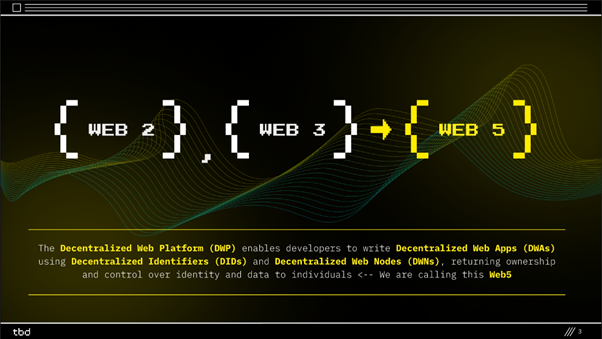
Touching upon the refinement of user experience, Web 5.0 substantially overhauls one’s engagement with a web portal, making it uninterrupted and individualized to a high extent. This emerging innovation furnishes the following incentives:
- Heightened emphasis on tailored interactions. By drawing on the upcoming generation of the internet, web portals will furnish unique, made-to-measure, and highly contextual sessions. In this fashion, gaining entry to relevant knowledge and support will become simpler, with no urge to filter out irrelevant material.
-
- Unprecedented possibilities with augmented reality. Engrossing and enthralling perception of continuously updated data and features directly impacts user allegiance and retention. Web 5.0 harnesses digital image processing and pattern recognition to superimpose virtual information onto physical realms. To succeed in this, novelties are exploited such as ARCore, WebXR, and Google Lens, to handle spatial cognition, object segmentation, and image extraction.
- Extended human-computer interactions with the involvement of natural language processing and conversational agents. These serve to pose inquiries and request instructions for the streamlined search of the needed details and solutions, with no convoluted navigation and search interfaces involved. Dedicated algorithms perform acoustic modeling and phonetic transcription in a computer-interpretable fashion. We witness that the instruments like GPT-3, Codex, and InstructGPT are already widely entrusted with sundry assignments, e.g. composing a message, a curriculum, or even a sequence of scripts, and this is only the beginning.
- Effortless approach to desired features via voice-enabled interfaces, facial verification, and brain-to-machine communication. Verbal commands and facial scanning make a web portal easily navigable, straightforward, and convenient. These means are especially essential for people with disabilities. With Web 5.0, this category of users will also be able to bring to fruition unambiguous brain-device insight transmission with the involvement of sensors and dedicated software.
Enhancing security and privacy: Web5’s impact on web portal protection
Availing oneself of web portals often implies dealing with proprietary data, be it personally identifiable information, trade secrets, or financial history. What’s more, these details are scattered across numerous web architecture tiers, e.g. messages, access points, hosts, cloud-based workloads, and connectivity systems. Therefore, reliability and confidentiality are primary preoccupations of both their developers and visitors and this is by means of all-encompassing and holistic security architectures. How will Web 5.0 combat this challenge?
First and foremost, distributed ledger technology, or, plainly speaking, Blockchain, which is at the heart of the novel development, serves for envisioning tamper-resistant, decentralized systems. These foster safe and clearly traceable logging that at the same time is nearly impossible to modify as every newly added piece of information is marked with a unique hash. It is also non-centralized, implying that information owners practice self-sovereignty of their online identities. This foils illicit third parties and other intruders as they strive to misuse other people’s records.
Enhanced Web 5.0 potentials also include the employment of robust encryption protocols, e.g. quantum-enabled key exchange. These mechanisms are applied to create safeguards around digital transmissions and electronic communication. Some of them harness quantum mechanics concepts to generate invulnerable scripts that are impervious to tampering or tapping.
Finally and notably, Web 5.0 engages sophisticated proof-of-identity mechanisms to fortify identity safeguarding. Thus, anyone can work with a web portal in a cohesive and flawless manner without putting their privacy at risk.
Empowering personalization: how Web5 is shaping customized web portals
When one navigates through a web portal, it’s fully understandable that they count on a one-of-a-kind experience that is adapted to their specific demands. How is this aim realized through Web 5.0?
As we pointed out earlier, the next-gen maturation of the internet exploits intelligent automation and cognitive computing. Thanks to these algorithms that have an increasingly dominant influence on our daily activities it’s now possible to avail ourselves of tailored-fit suggestions and guidance. This is because, when embedded into software, they have enormous capabilities for data collection, grouping, selection, analysis, and leveraging, which companies gear to gain extended comprehension of user patterns, tastes, and pursuits. What’s even more amazing, these algorithms recognize read emotions and consider the emotional side of audiences’ behaviors and journeys.
The above mechanisms are AI-powered bots that serve as smart assistants. Not only do they instantaneously recognize one’s inputs with astonishing preciseness but also furnish individualized responses. Moreover, they possess a helpful ability to accumulate input and refine based on previously conducted interactions to offer intuitive and bespoke journeys.
Another novelty that is rapidly entering our daily lives is the application of 3D overlay and spatial computing to envision virtual environments. These techniques come helpful in various scenarios, e.g. for receiving an expanded view of offerings in online stores or exploring a prospective travel destination.
Key takeaways
Trailblazing breakthroughs of the last decades that include among others Web 5.0 have been overhauling the structure and functions offered by the latest web portals. Furthermore, they re-envision the digital capabilities of the internet in a new light. With their help, developers can now envision and elaborate exceptionally user-oriented and intuitive products. As mentioned earlier, these platforms possess intensified and ameliorated security and privacy provisions so that anyone can navigate the web and enjoy the wealth of content while banking on ameliorated safety protocols.
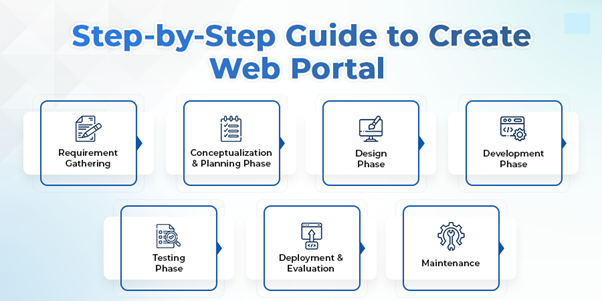
To seize fresh openings, it’s advisable that one would consider turning to custom web portal development services. In this manner, you’ll get end-to-end assistance with envisioning, creating, and supporting a speedy and visually appealing bespoke solution that will ideally match your business demands.

